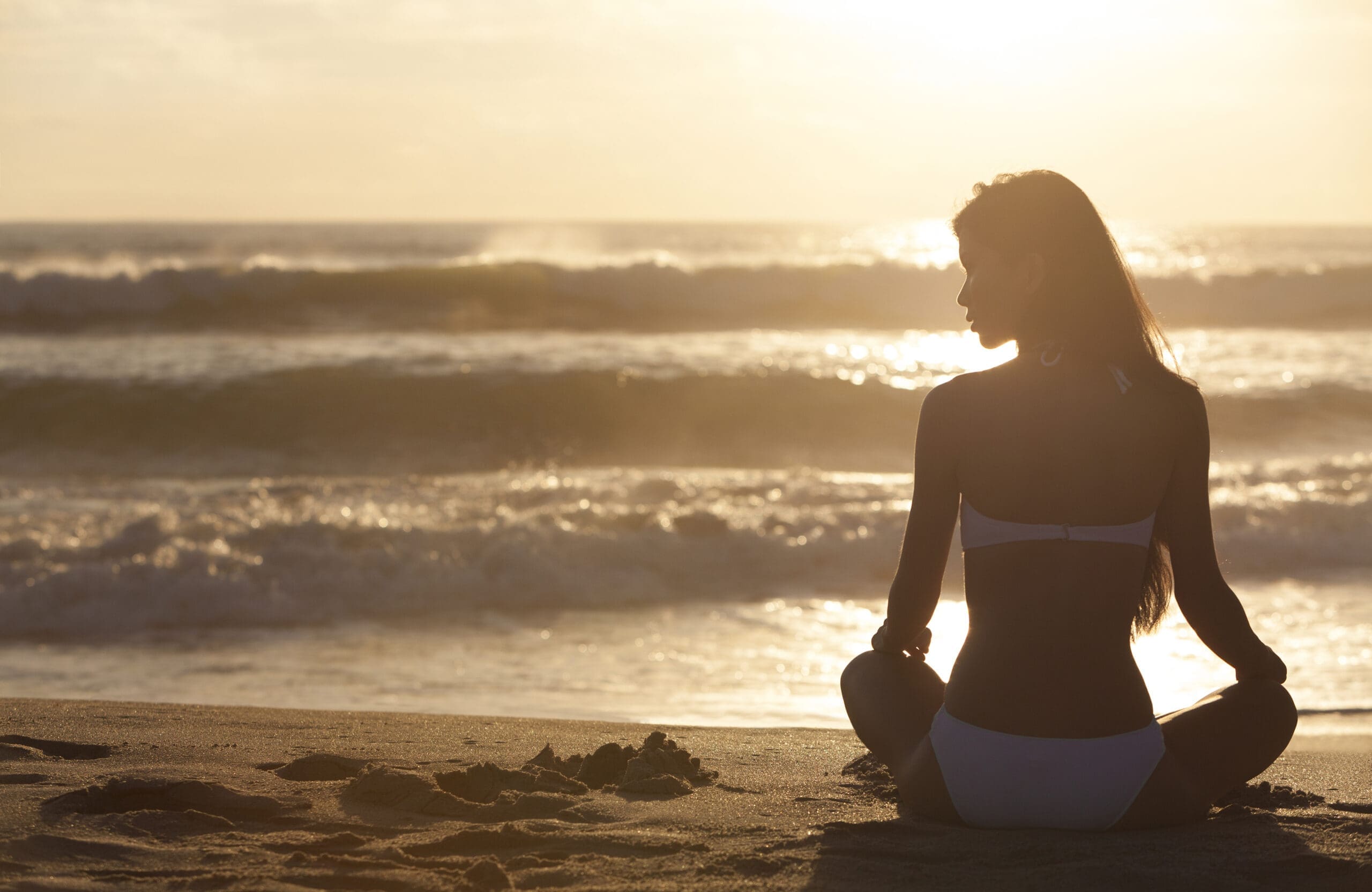Anxiety isn’t great. Think heart palpitations, heavy breathing, sweaty palms and more. Anxiety affects us all differently and for some can strike at any time.
If you suffer from anxiety, you are not alone. Oprah, Kourtney Kardashian, Adele and Emma Stone are just some of the celebs who suffer from this condition with Beyond Blue reporting an estimated one quarter of Australians will experience an anxiety condition in their lifetime.
When its more than just FOMO, the restlessness and worry that accompanies bouts of anxiety can be debilitating.
Having a few tools at your disposal is key to riding the wave of unease or battling the ‘blanket of fear’ as referred to by some.
When it comes to the benefits of meditation, the research is loud and clear. The American Psychological Association reports “Psychologists have found that mindfulness meditation changes our brain and biology in positive ways, improving mental and physical health.”
Harvard research has even shown that “participation in MBSR (Mindfulness-Based Stress Reduction) is associated with changes in gray matter concentration in brain regions involved in learning and memory processes, emotion regulation, self-referential processing, and perspective taking.” So you can literally change your brain when you meditate.
Whilst anxiety can manifest in different forms and to differing degrees of severity, meditation may help. This is because it aims to anchor the practitioner in the present moment and to experience their thoughts from a place of compassionate rather than judgement.

Meditation guru Luke Mcleod has some tips you can adopt easily at home.
Follow Luke McLeod’s steps to practicing Mindfulness Meditation at home:
1. Find a comfortable place to sit where you will not be disturbed.
2. Keep your chest proud, spine straight and head neutral, facing forward.
3. Close your eyes and become conscious of the rhythmic pattern of your breath.
4. Consciously try to relax anywhere you may be holding tension. Common areas are the jaw, shoulders, neck and arms.
5. Notice the thoughts that enter your mind and try to remain detached, allowing them to come and go. Try to observe these thoughts from a place of non-judgement and without pursuit.
6. Continue for as long as you have available or as long as you like. Consider meditating for a few minutes several times per week when you are first starting. Extend your practice as you see fit and begin to experience the benefits o meditation day to day.
Meditation may work for you, or you may use something else, such as breathing exercises, journaling, going for a walk or listening to music.
At the end of the day, finding something that works for you is the most important thing and also remembering that there are professionals whose job it is to help
If you or someone who you are experiencing signs of anxiety or depression consider contacting:
Lifeline: 13 11 14
Emergency: 000














